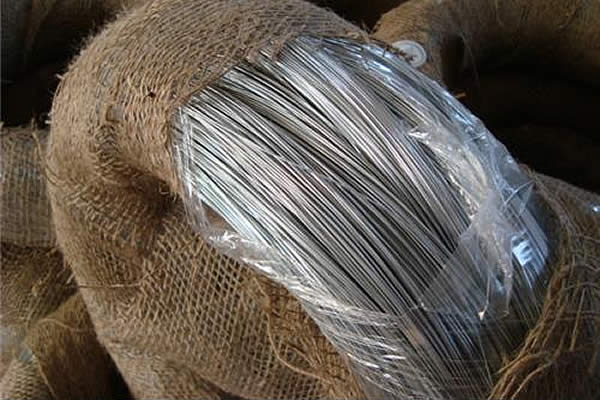In the realm of industrial materials, the significance of choosing the right components can't be overstated. Among the countless options available, 316 stainless mesh stands out due to its unique properties and wide range of applications. Its superior quality not only ensures durability and reliability but also enhances efficiency in various industrial processes.

When discussing 316 stainless mesh, the first point of reference is its composition.
This mesh is made from 316-grade stainless steel, an alloy known for its remarkable corrosion resistance. This attribute primarily comes from the addition of molybdenum, which sets it apart from the commonly used 304 stainless steel. This enhancement makes 316 stainless mesh particularly suitable for environments exposed to chlorides and harsh chemicals. The maritime industry, for example, heavily relies on 316 stainless mesh due to its ability to withstand salty sea air, ensuring longevity and minimal maintenance.
Beyond corrosion resistance, 316 stainless mesh offers exceptional strength at high temperatures, making it ideal for applications requiring thermal stability. Many petrochemical industries utilize this mesh to create filters that can endure high-pressure environments without losing structural integrity. Heat exchangers and furnace components also benefit from its robustness, showcasing its versatility across different sectors.

Moreover, the mesh's precision in terms of aperture size and weave type provides customization that tailors to specific needs. From fine filtrations required in water treatment facilities to sturdy exteriors in architectural projects, the ability to design mesh that fits precise requirements elevates the efficiency of operations where it’s applied. Industries focused on food processing, for instance, leverage these customization capabilities to ensure food safety and regulatory compliance without compromising on operational output.
316 stainless mesh
As environmental regulations become more stringent, industries are seeking sustainable solutions, and 316 stainless mesh offers a viable answer. Its long life cycle reduces the frequency of replacements, leading to less material waste. Additionally, stainless steel is entirely recyclable, contributing to reduced environmental impact. These attributes align with corporate sustainability goals, boosting the appeal of 316 stainless mesh in eco-conscious markets.
Furthermore, the fabrication process of 316 stainless mesh adheres to stringent standards to ensure quality and uniformity. Reputable manufacturers employ cutting-edge technology to produce mesh with consistent dimensions and tensile strength. This precision manufacturing minimizes downtime caused by equipment failure, offering peace of mind and significant cost savings to businesses reliant on these materials.
Selecting the right supplier is crucial in maximizing the benefits of 316 stainless mesh. Prospective buyers should seek vendors with a proven track record in material science expertise and customer service excellence. A knowledgeable supplier provides insightful recommendations tailored to specific applications, enhancing both product performance and lifespan.
In conclusion, the unmatched advantages of 316 stainless mesh—from its unparalleled corrosion resistance and thermal stability to its eco-friendly properties and customization capabilities—underscore its essential role in modern industry. For businesses prioritizing longevity, efficiency, and sustainability, investing in 316 stainless mesh results in not only an improved bottom line but also a contribution to responsible industrial practices. Steering toward innovation while maintaining traditional reliability, 316 stainless mesh represents the forefront of material technology, ensuring that industries are well-equipped to face the demands of the future.
 TEL:
+86-13102802206
TEL:
+86-13102802206
 Email:
fencenetting@china.com
Email:
fencenetting@china.com
 Language
Language
 TEL:
+86-13102802206
TEL:
+86-13102802206
 Email:
fencenetting@china.com
Email:
fencenetting@china.com
 Language
Language



